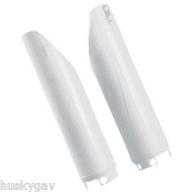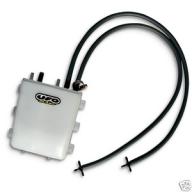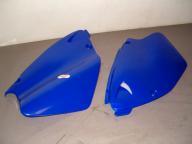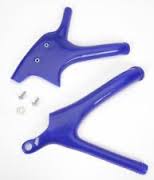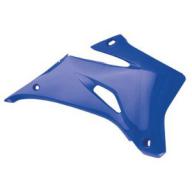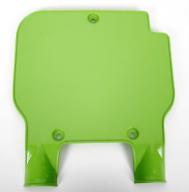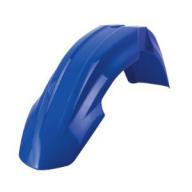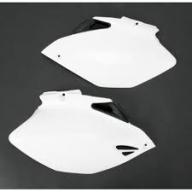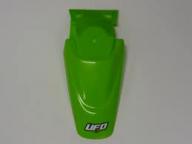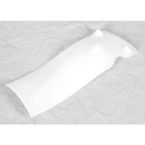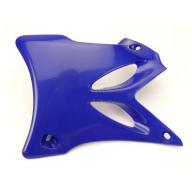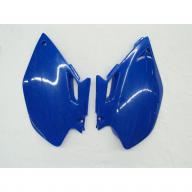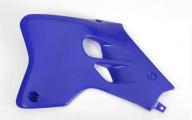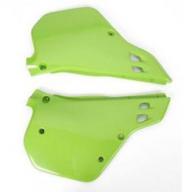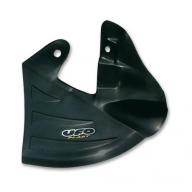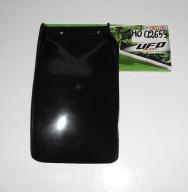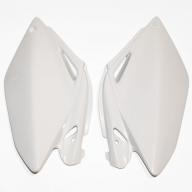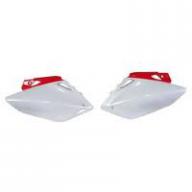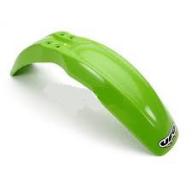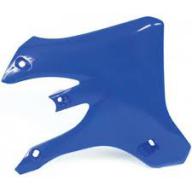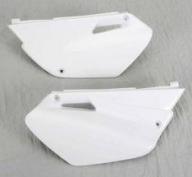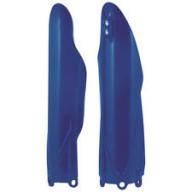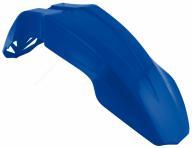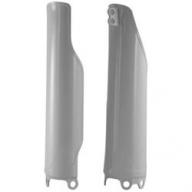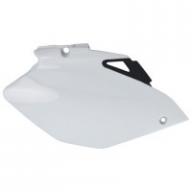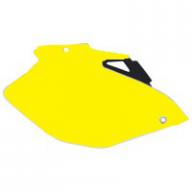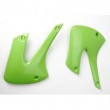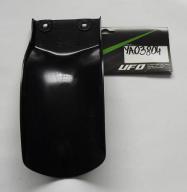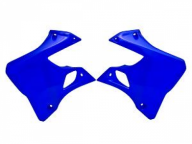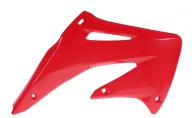-
Număr conținut
62 -
Înregistrat
-
Ultima Vizită
Tip conținut
Profiluri
Forumuri
Calendar
Orice postat de Dual Motors
-

Anunturi comerciale - orice legat de enduro/cross
topic a răspuns lui Dual Motors în Sosoul Discutii generale enduro si motocross
SALUT. sunt pe stoc la DUAL MOTORS. www.motociclete.com.ro te asteptam- 7.116 răspunsuri
-
- StickereMoto
- Supermoto
-
(și 4 alții)
Setat cu taguri:
-
Caii putere se vor dezlănţui în alb la Predeal Snowmobile 1 Winter Cup Ce fac motocicliştii iarna? Cu siguranţă nu intră în hibernare, când sunt atâtea de făcut!Aventurile la ski sau snowboard sunt atractive şi ele, dar cum aceşti oameni au o recunoscută dependenţă de motoarele mari, puternice şi ameninţătoare, un snowmobil devine alegerea numărul unu. Tocmai de aceea, între 24 şi 26 ianuarie 2014, caii putere se vor dezlănţui în alb la Predeal Snowmobile 1 Winter Cup, competiţia de snowmobile la care sunt aşteptate peste cincizeci de echipe din şapte ţări. Evenimentul este organizat de către Dual Racing Team împreună cu Primăria Predeal, în calitate de co-organizator, alături de un grup de pasionaţi ai sporturilor de iarnă, totul întâmplându-se cu sprijinul The Office Lounge. Spectacolul va începe vineri seara pe pârtia Clăbucet, cu un Prolog care-i va încânta pe spectatori, deoarece traseul va fi amenajat într-o manieră asemănătoare circuitelor de motocross. Snowmobilele vor zbura prin aer, sărind de pe rampe, vor aborda cu gazul motoarelor de 1.000 cmc în doi timpi, deschis la maximum, taluzuri de zăpadă, piloţii duelându-se… ski la ski, întrucât pe cei aproximativ trei kilometri ai circuitului de la Prolog se va stabili ordinea de plecare în concurs. Sâmbătă şi duminică, echipe de câte doi rideri vor concura pe un traseu de 180 de kilometri, în zona Predeal şi în Munţii Baiului. Traseul este deja pregătit în proporţie de 80%, urmând ca piloţii de snowmobile să se orienteze în concurs după GPS, pe poteci dar şi în golul alpin, înfruntând urcări dure şi coborâri tehnice, întocmai ca la un concurs de off-road moto! De altfel, de pregătirea traseului, s-au ocupat chiar doi piloţi moto, este vorba despre Ionuţ Tocitu şi de Alexandru Gârbacea. „De mulţi ani îmi doream să organizez acest concurs, alături de câţiva prieteni, iar anul acesta condiţiile se anunţă propice, cu multă zăpadă. Sunt aşteptaţi concurenţi nu numai din România, dar şi din Ungaria, Polonia, Cehia, Austria, Slovenia, Croaţia sau Slovacia, care vor evolua la două clase, Profesionişti şi Amatori. Se va ajunge prea puţin pe drumuri forestiere, vom avea câteva surprize pe circuit, pe care le vom anunţa la momentul potrivit, aşa că Predeal Snowmobile 1 Winter Cup va fi o adevărată aventură, însă şi cu momente de time out, aşa cum sunt şi petrecerile din căldurosul The Office Lounge Predeal din serile de vineri şi de sâmbătă”, spune Ciprian Popescu, preşedinte al Dual Racing Team, la rândul său un pasionat pilot de snowmobile. http://www.motociclete.com.ro/index.php/noutati/item/276-caii-putere-se-vor-dezl%C4%83n%C5%A3ui-%C3%AEn-alb-la-predeal-snowmobile-1-winter-cup
-

Anunturi comerciale - orice legat de enduro/cross
topic a răspuns lui Dual Motors în Sosoul Discutii generale enduro si motocross
Lichidare stoc plastice MX Detalii pe: http://www.motociclete.com.ro/magazin/accesorii-si-piese-mx/plastice-mx.html- 7.116 răspunsuri
-
- StickereMoto
- Supermoto
-
(și 4 alții)
Setat cu taguri:
-

Cap surub rupt la R1-08
topic a răspuns lui Dual Motors în MiLiTiaNU21ul Service si intretinere curenta
Buna ziua, Va putem ajuta atat cu extragerea surubului cat si comandarea unui nou reper. Distribuitor si SERVICE AUTORIZAT YAMAHA Contact Soseaua Pipera 48, Sect 2. Bucuresti Romania info@motociclete.com.ro 021-528 0474 / 021-528 0475 021/528 0476 0729.019.787 http://www.motociclete.com.ro -

ULEIURILE MOTO - (tipuri/clase/interval schimb, etc)
topic a răspuns lui Dual Motors în jim jimul Service si intretinere curenta
Un articol interesant: " Some Engine Oils Currently on the Shelves Can Harm Your Engine - Read the Lables! There are engine oils currently on the shelves at auto parts stores, gas station convenience stores, food stores, and other retail outlets that can cause harm to your car’s engine. Yes, you heard correctly - Cause harm to your car’s engine. These are obsolete engine oils formulated for use in cars built prior to the 1930s! Know how to read the labels on the front and back of the bottles of oil you buy or you may be using product that can cause unsatisfactory performance or harm to your engine. The service rating of passenger car and commercial automotive motor oils is classified by the American Petroleum Institute (API). The program certifies that engine oil meets certain Original Equipment Manufacturer (OEM) quality and performance standards. The service rating is shown in the API "Service Symbol Donut" on the product label. As shown in the illustration below, engine oils with an API SA Service Classification were formulated for use in cars built prior to 1930, and are now obsolete. Yet, there are still not hard to find in retail outlets. Read on about what you need to read on the labels. The current API Service Classification is SN The labels include two important pieces of information to determine if an engine oil is appropriate for use in your vehicle. The first piece of information speaks to viscosity grade. The Society of Automotive Engineers (SAE) defines a numerical system for grading motor oils according to viscosity. The suffixes (0, 5, 10, 15 and 25) followed by the letter W designate the engine oil's "winter" grade. Look to your owner's manual. It specifies the viscosity grade required for your car's engine. Today, the most common grades are 5W-30. Watch for the "W" Whereas the labeling on the bottle of engine oil may suggest the product is a 5W-30, note, if there is no "W" between the 5 and the 30 it may not be a 5W-30. As an example, a SAE 5-30 is not the same as an SAE 5W-30. The next 'code" to look for is the API Service Classification. Although it might appear complicated to understand at the start, it is really a simple system to get your arms around. Think of it this way, when cars were first built, the oil they required needed an API SA Service Classification. From there, it moved to SB, SC, SD, and so on (skipping only SI and SK). The current API Service Classification is SN. So if you buy an engine oil meeting only API SA, it's an engine oil formulated for use in vehicles built in the 1920s. And SA is not hard to find mixed in with SM on the shelves at c-stores and others. Furthermore, it's also not hard to find SF, SJ and other API Service Categories on the shelves. Also, don't let price guide you. Engine oils with a Service Classification prior to SN (including SA) are often priced close to that of API SN. The service rating of passenger car and commercial automotive motor oils is classified by the American Petroleum Institute (API). The program certifies that an oil meets certain Original Equipment Manufacturer (OEM) quality and performance standards. The service rating is shown in the API "Service Symbol Donut" on the product label. The labels include two important pieces of information to determine if an engine oil is appropriate for use in your vehicle. The first piece of information speaks to viscosity grade. The Society of Automotive Engineers (SAE) defines a numerical system for grading motor oils according to viscosity. The suffixes (0, 5, 10, 15 and 25) followed by the letter W designate the engine oil's "winter" grade. Look to your owner's manual. It specifies the viscosity grade required for your car's engine. Today, the most common grades are 5W-30 and 10W-30. Watch for the "W" Whereas the labeling on the bottle of engine oil may suggest the product is a 10W-30, note, if there is no "W" between the 10 and the 30 it may not be a 10W-30. As an example, a SAE 10-30 is not the same as an SAE 10W30. The next 'code" to look for is the API Service Classification. Although it might appear complicated to understand at the start, it is really a simple system to get your arms around. Think of it this way, when cars were first built, the oil they required needed an API SA Service Classification. From there, it moved to SB, SC, SD, and so on (skipping only SI). The current API Service Classification is SM. So if you are buying an SA oil, it's an engine oil formulated for use in vehicles built in the 1920s. And SA is not hard to find mixed in with SM on the shelves at c-stores and others. Furthermore, it's also not hard to find SF, SJ and other API Service Categories on the shelves. Also, don't let price guide you. Engine oils with a Service Classification prior to SM (including SA) are often priced close to that of SM. Always consult your vehicle owner's manual to determine what motor oil you should use, and READ THE LABELS ON THE OIL YOU BUY. American Petroleum Institute Gasoline Engine Oil Service Classifications Category Status Service SN Current Introduced in October 2010 for 2011 and older vehicles, designed to provide improved high temperature deposit protection for pistons, more stringent sludge control, and seal compatibility. API SN with Resource Conserving matches ILSAC GF-5 by combining API SN performance with improved fuel economy, turbocharger protection, emission control system compatibility, and protection of engines operating on ethanol-containing fuels up to E85. SM Current For 2010 and older automotive engines. SL Current For 2004 and older automotive engines. SJ Current For 2001 and older automotive engines. SH Obsolete SG Obsolete SF Obsolete SE Obsolete CAUTION - Not suitable for use in gasoline-powered automobile engines built after 1979. SD Obsolete CAUTION - Not suitable for use in gasoline-powered automobile engines built after 1971. Use in more modern engines may cause unsatisfactory performance or equipment harm. SC Obsolete CAUTION - Not suitable for use in gasoline-powered automobile engines built after 1967. Use in more modern engines may cause unsatisfactory performance or equipment harm. SB Obsolete CAUTION - Not suitable for use in gasoline-powered automobile engines built after 1951. Use in more modern engines may cause unsatisfactory performance or equipment harm. SA Obsolete CAUTION - Not suitable for use in gasoline-powered automobile engines built after 1930. Use in more modern engines may cause unsatisfactory performance or equipment harm. " -

Motocross Cup 2013 – cronica etapei 1 – circuit Prundu
un topic a postat Dual Motors în COMPETITII OFFROAD 2013
http://www.motomagia.ro/motocross-cup-2013-cronica-etapei-1-circuit-prundu/


